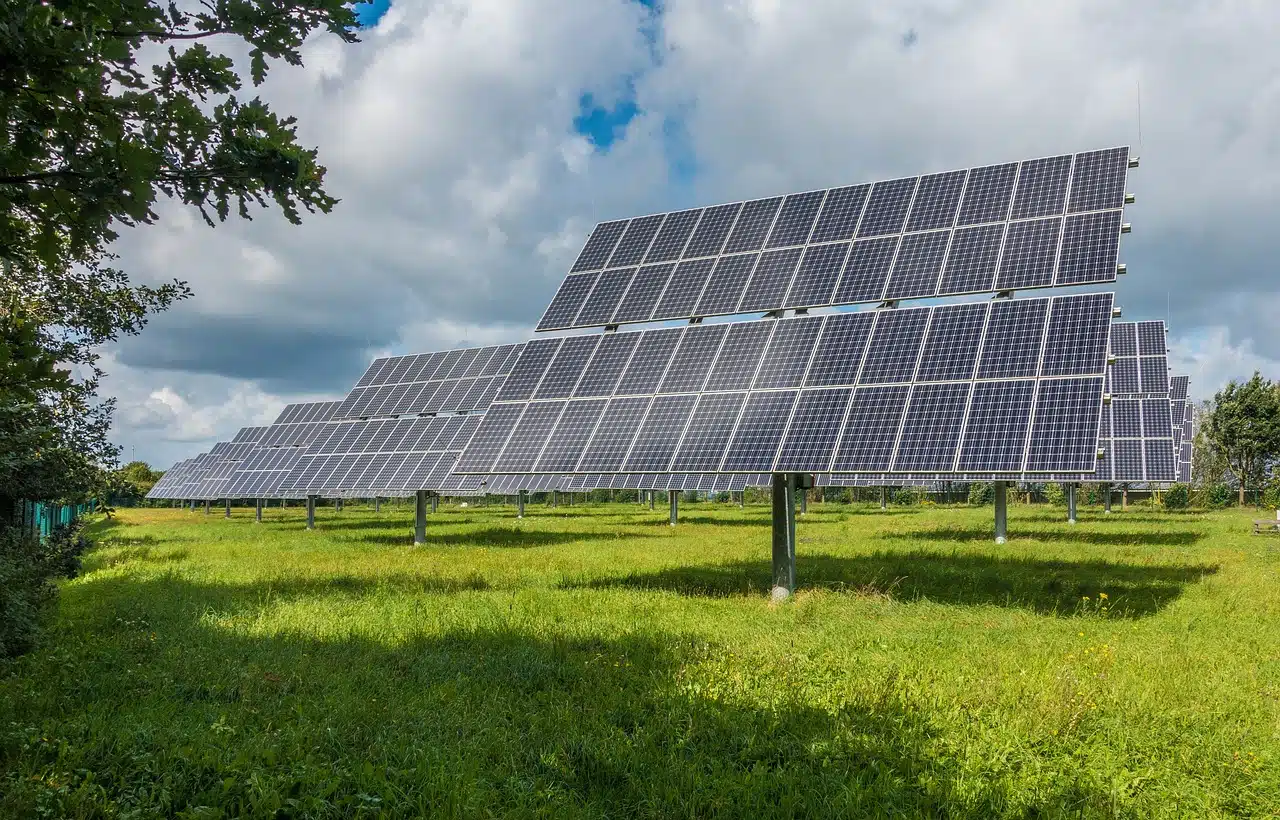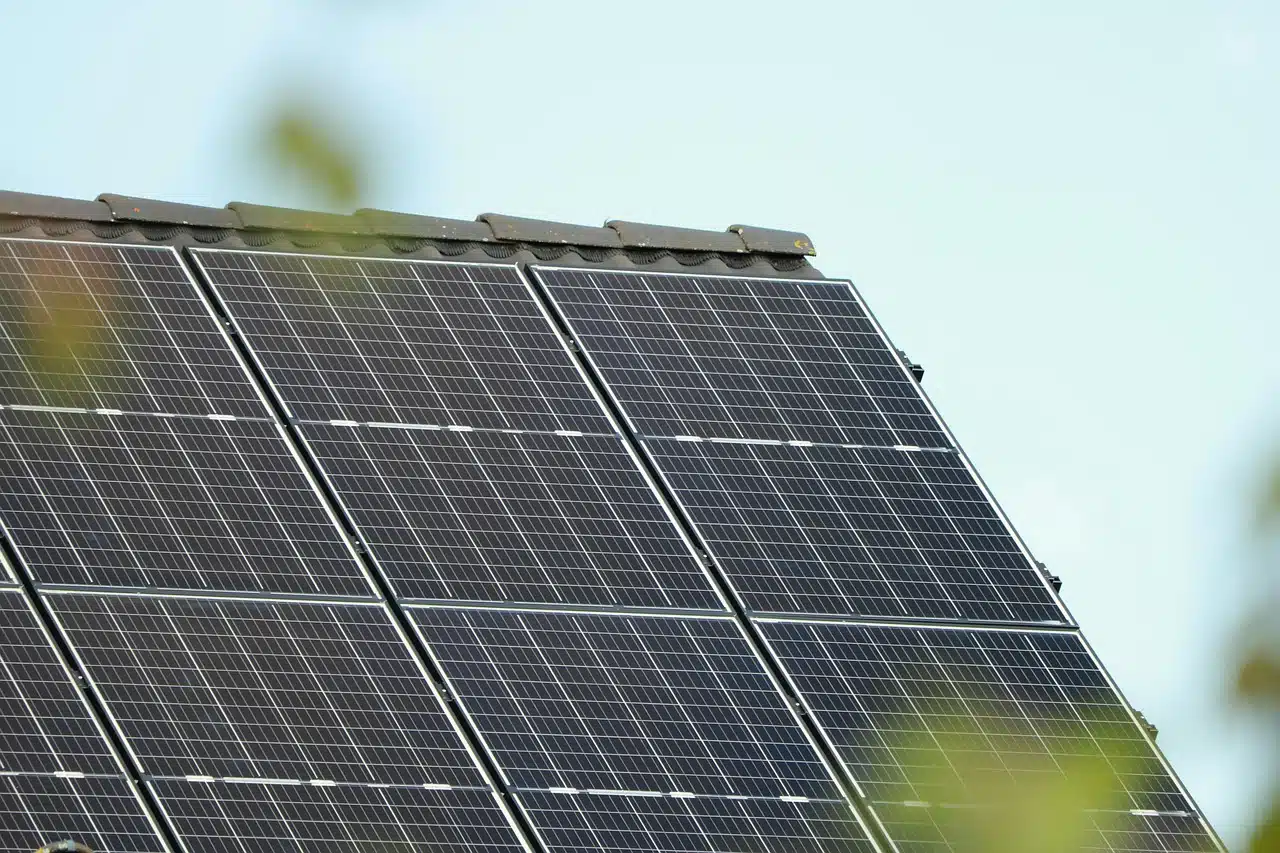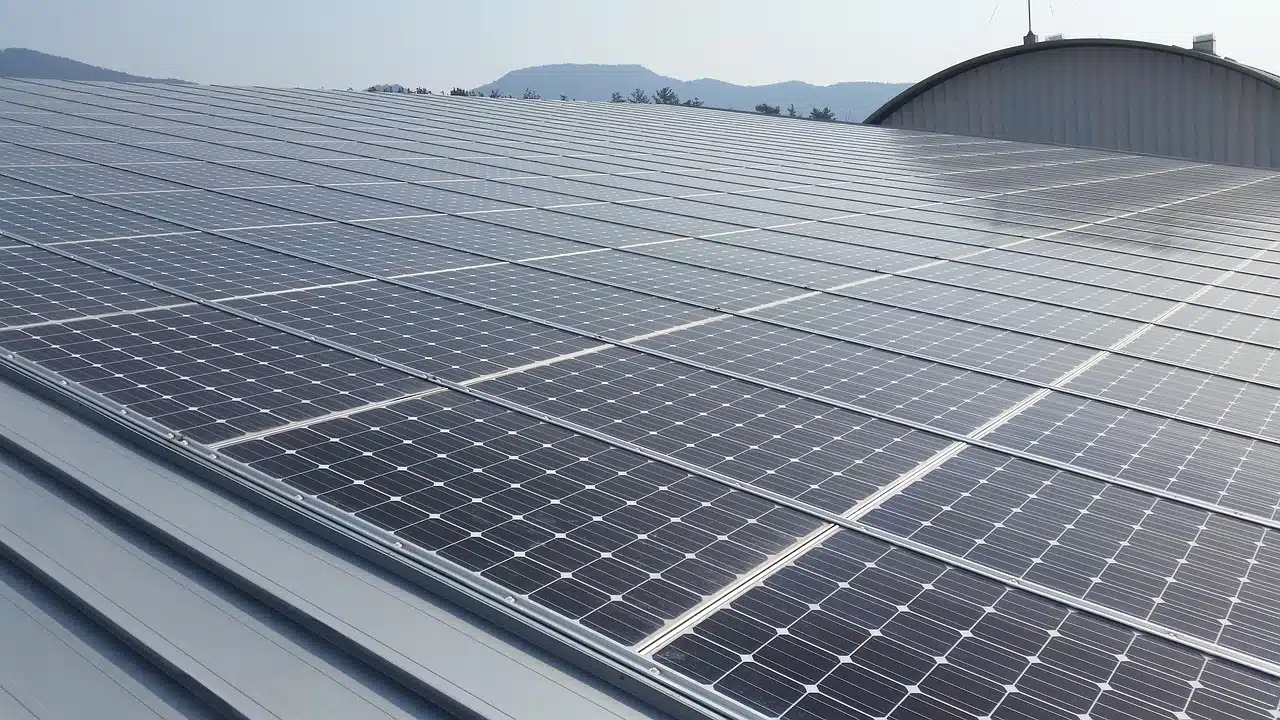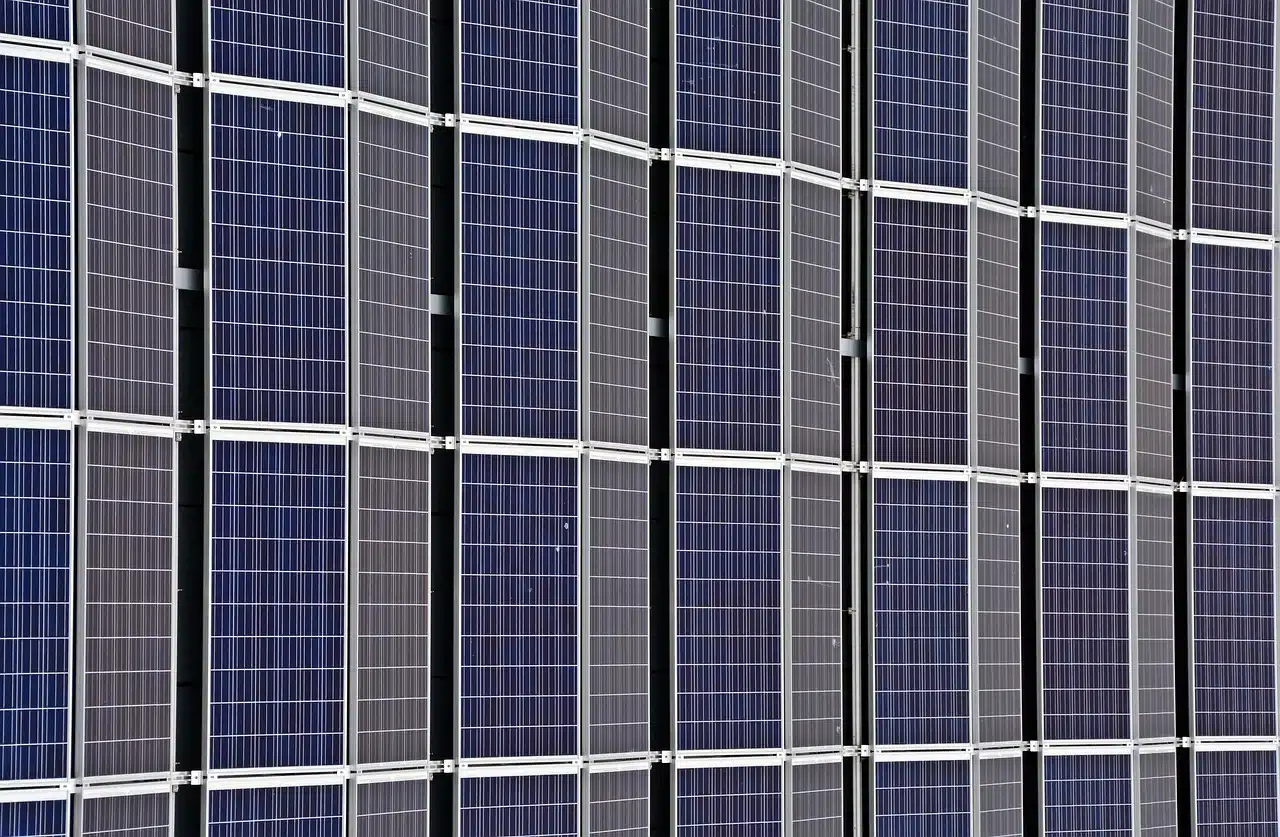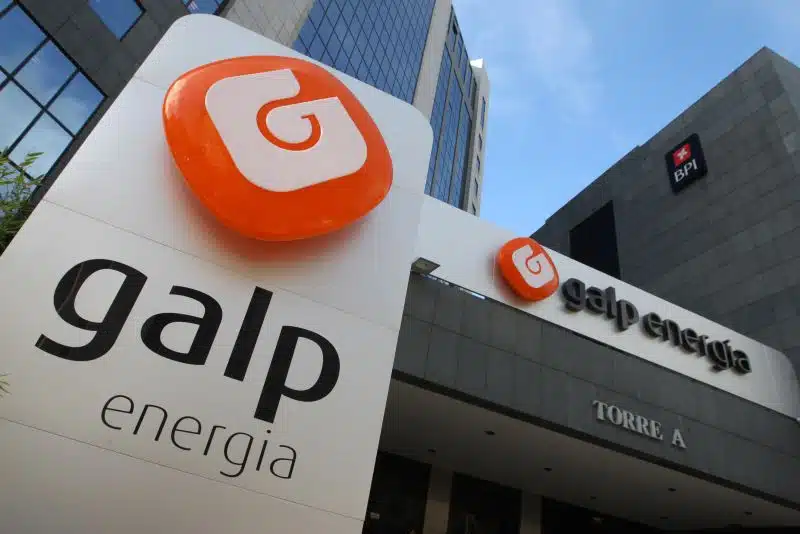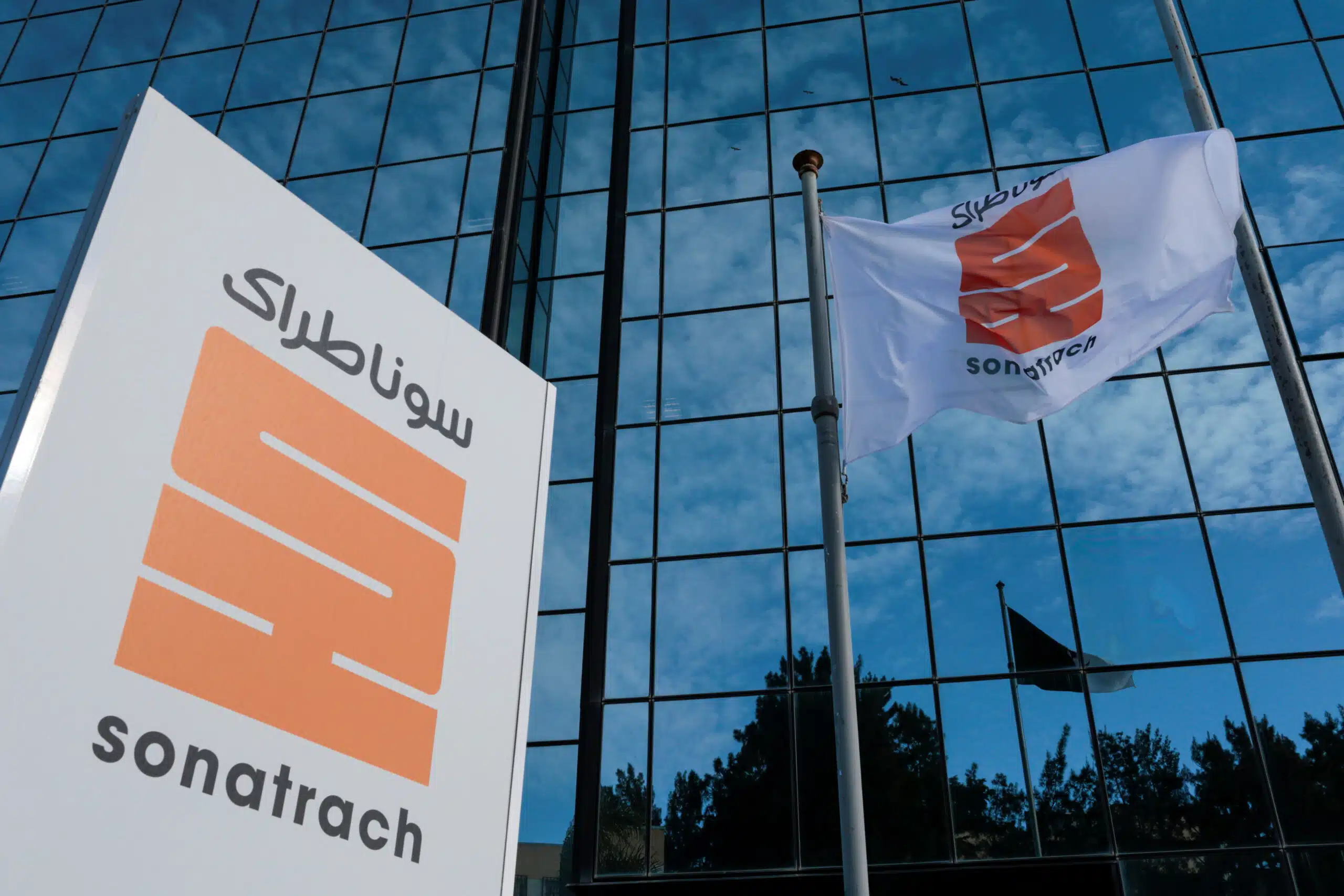In Africa’s vast and diverse energy sector, consumer renewable energy sales are primarily driven by off-grid solar products, such as lanterns, home systems, and kits, amid persistent electricity access challenges.
With over 600 million Africans lacking reliable power, these markets empower households and small businesses to bypass unreliable grids.
According to the Global Off-Grid Lighting Association (GOGLA), a total of 9.3 million solar energy kits were sold in 2024, which represents a 4% increase from 2023.
As of 2025, market trends reveal dynamic growth fueled by affordability, policy support, and innovation.
In this article, we rank Africa’s top ten markets for consumer renewable energy sales from least to highest, based on the GOGLA 2024 sales report and projected 2025 trends.
10. South Africa
South Africa takes second, with 400,000 units sold in 2024, up 30% from 2023.
South Africa ranks lowest among the specified countries due to its well-developed grid infrastructure, which reduces reliance on off-grid solutions.
The GOGLA Report notes Southern Africa’s SEK sales at just 0.1 million units in 2024, a 72% decline from 2023, with South Africa contributing minimally.
However, solar generators and solar water pumps (SWPs) are gaining traction for commercial and agricultural use.
The Beyond the Grid Fund for Africa (BGFA) supports off-grid projects, but urban-centric energy policies limit consumer market growth.
In 2025, the country expects modest growth in rural areas as load-shedding persists.
9. Ghana
Ghana’s off-grid solar market is still nascent but growing.
The report does not provide specific sales figures for Ghana due to the three-data-point confidentiality rule, but West Africa’s 1.1 million SEK units include contributions from Ghana.
The country’s economic stability and government support for renewable energy, including tax exemptions on solar products, drive demand.
In 2025, Ghana’s market can expand through RBF programs and partnerships with organizations like Efficiency for Access, focusing on SWPs and refrigeration units for smallholder farmers.
Despite its growing market, the 5MW Black Volta Solar Project, which is now West Africa largest floating solar project, powers 20,000 households.
8. Egypt
Egypt, a North African leader, has a smaller off-grid solar market due to widespread grid access.
The GOGLA Report does not isolate Egypt’s data, but Central Africa and North Africa together reported 0.3 million SEK units in 2024.
Egypt’s renewable energy push, backed by the Egypt Vision 2030 plan, emphasizes large-scale solar projects but includes off-grid solutions for rural communities.
In 2025, the country expects growth in SWP sales for agriculture, supported by international funding from the World Bank.
7. Republic of Benin
Benin emerges as a notable West African market, with the GOGLA Report outlining its contribution to the region’s 1.1 million SEK sales.
The Benin Off-Grid Energy Access Project, funded by the World Bank, has boosted sales of solar lanterns and multi-light systems.
In 2024, Benin saw steady growth in PAYGo models, which allow consumers to pay for solar products in installments.
The Efficiency for Access Coalition notes that Benin’s potential for SWP and refrigeration unit sales in 2025 is driven by agricultural needs.
6. Uganda
Uganda made the list with 200,000 units sold in 2024, up 18% from 2023.
Uganda’s off-grid solar market is robust, with 436,400 SEK units sold in 2024, a 1% increase from 2023.
The Sustainable Energy for Smallholder Farmers (SEFFA) project and the Electricity Access Scale-Up Project (EASP), launched in December 2024, provide subsidies for SHS and productive appliances.
However, TV sales dropped 63% to 7,212 units, but SWP and fan sales remain steady.
In 2025, Uganda’s market can grow through RBF programs, targeting rural electrification.
5. Zambia
Zambia’s off-grid solar market soared in 2024, with 760,800 SEK units sold, a 42% increase from 2023.
The severe load-shedding, caused by low water levels in dams, has driven demand for solar lanterns and multi-light systems.
The BGFA program, with $10 million in funding, supports market expansion.
Appliance sales, however, fell 33% to 9,476 units due to reduced reporting.
In 2025, Zambia’s market can continue growing, focusing on PAYGo SHS and SWPs.
4. Malawi
Malawi’s off-grid solar sector is a standout, with 244,260 SEK units sold in 2024, a 44% increase from 2023.
The Ngwee Ngwee Ngwee Fund (NNNF), launched in 2023, has provided $20 million to expand access, targeting 200,000 rural households.
Meanwhile, economic challenges, including a 44% kwacha devaluation, have strained affordability, but tax waivers on solar products sustain demand.
In 2025, Malawi can see increased sales of multi-light systems and SWPs, supported by subsidies.
3. Ethiopia
Ethiopia’s off-grid solar market exploded in 2024, with 1.37 million SEK units sold, a 205% increase from 2023, largely due to humanitarian bulk procurement.
The SEFFA project and government policies promoting renewable energy have fueled growth.
The National Electrification Program 2.0 targets 35% off-grid access by 2025, deploying solar lanterns and SHS in rural areas.
In 2025, the country’s market intends to expand through Mission 300 subsidies and increased private-sector participation.
2. Nigeria
Nigeria remains a powerhouse despite a 33% decline in West Africa’s SEK sales to 1.1 million units in 2024.
The country’s economic challenges, including naira devaluation and high inflation, impacted sales, but Nigeria leads in appliance sales, particularly fans and refrigeration units.
The Nigeria Electrification Program (NEP) ended early, affecting subsidies, but new RBF models are emerging.
In addition, PAYGo providers like Lumos thrive by offering affordable and accessible solar energy solutions to individuals and businesses, particularly in off-grid or unreliable grid areas.
1. Kenya
Kenya retains its position as Africa’s top market, with 2.34 million SEK units sold in 2024, a 5% increase from 2023.
As the most mature market, Kenya benefits from the Kenya Off-Grid Solar Access Project (KOSAP), targeting 250,000 SHS in underserved counties.
In addition, TV sales fell 19% to 88,000 units, but SWP sales rose 31% to 16,369 units.
In 2025, Kenya will lead in PAYGo SHS and appliance sales, driven by market stability and innovative financing.

